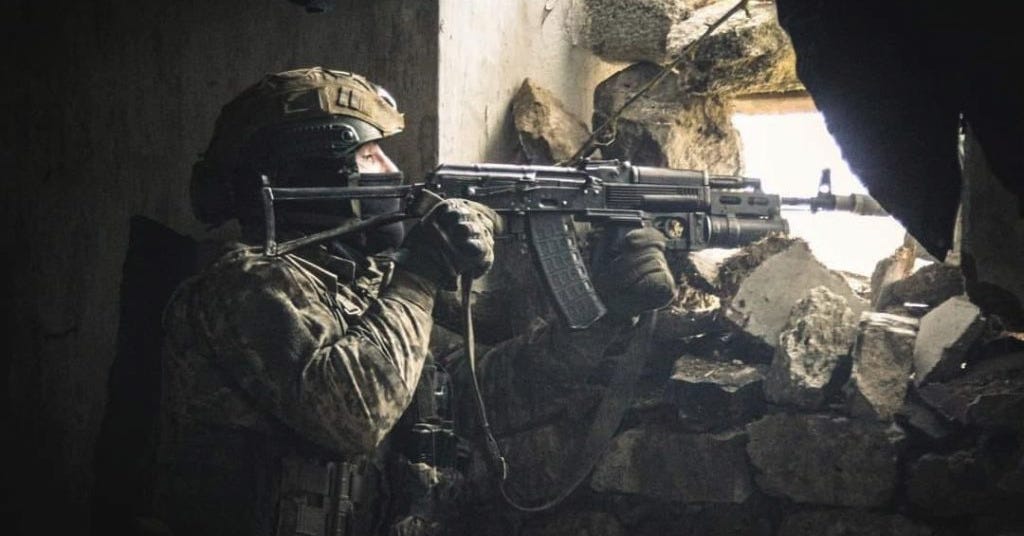Ukrainian Troops Nearly Cut Off As Pokrovsk Defense Strategy Fails
Is Ukraine’s urban defense strategy obsolete?
Ukrainian troops are dangerously close to being surrounded in the 30-square-kilometer pocket stretching from Pokrovsk east to Myrnohrad. The open end of the pocket, the only escape route for some or all of no fewer than three Ukrainian brigades—the 25th Air Assault Brigade, the 38th Marine Brigade and the 155th Mechanized Brigade—is barely 10 km across.
Commanders have yet to order the garrisons in Pokrovsk and Myrnohrad to withdraw north to the next line of Ukrainian defenses.
In any event, it’s probably too late for a safe and orderly retreat. Russian drones and artillery can range across the only roads and footpaths out of the Pokrovsk-Myrnohrad pocket. If there’s any reason to hope for anything short of a catastrophic withdrawal, it’s that the front line in Ukraine isn’t really a line anymore—it’s a porous zone of contested control.
Maybe all those Ukrainian paratroopers, marines, and mechanized troops can slip out of the pocket the same way Russian troops have been slipping into it—on foot in small groups, at night. But it’s risky. And the retreating Ukrainians may leave behind a lot of heavy equipment.
Serhii Sternenko—founder of the Sternenko Fund, which equips Ukrainian forces with drones—surely spoke for many Ukrainians when he voiced his frustration.
Citing chaotic and costly Ukrainian retreats from Avdiivka, Vuhledar and Sudzha, he asked how yet another Ukrainian force could find itself “in a fire sack.”
“Every time, our forces withdrew at the last moment with heavy losses, abandoning property and equipment,” Sternenko wrote. “Not everyone could get out. Some remained in their positions forever. This is happening again right now.”
How this happened is clear to see. A powerful Russian force with more than 100,000 troops and hundreds of armored vehicles has been marching on Pokrovsk for more than a year since capturing the ruins of Avdiivka, 40 km to the southeast.



